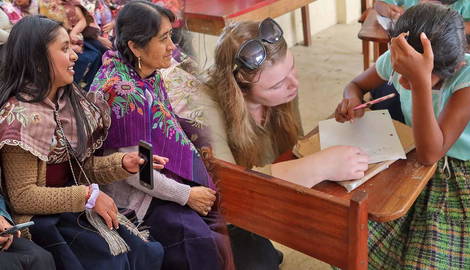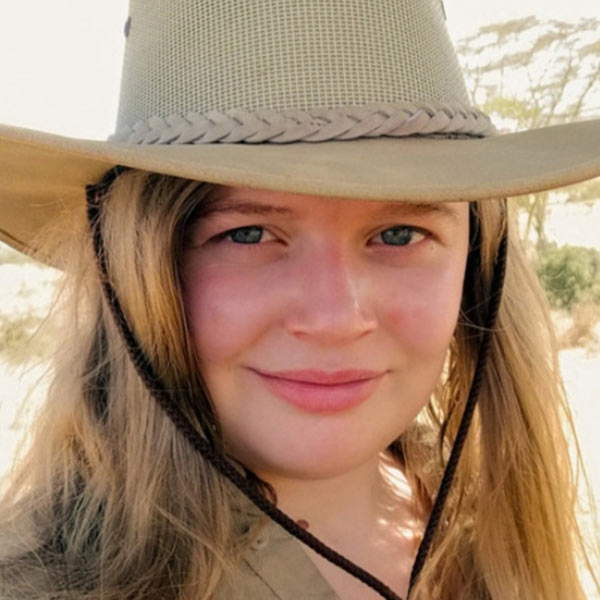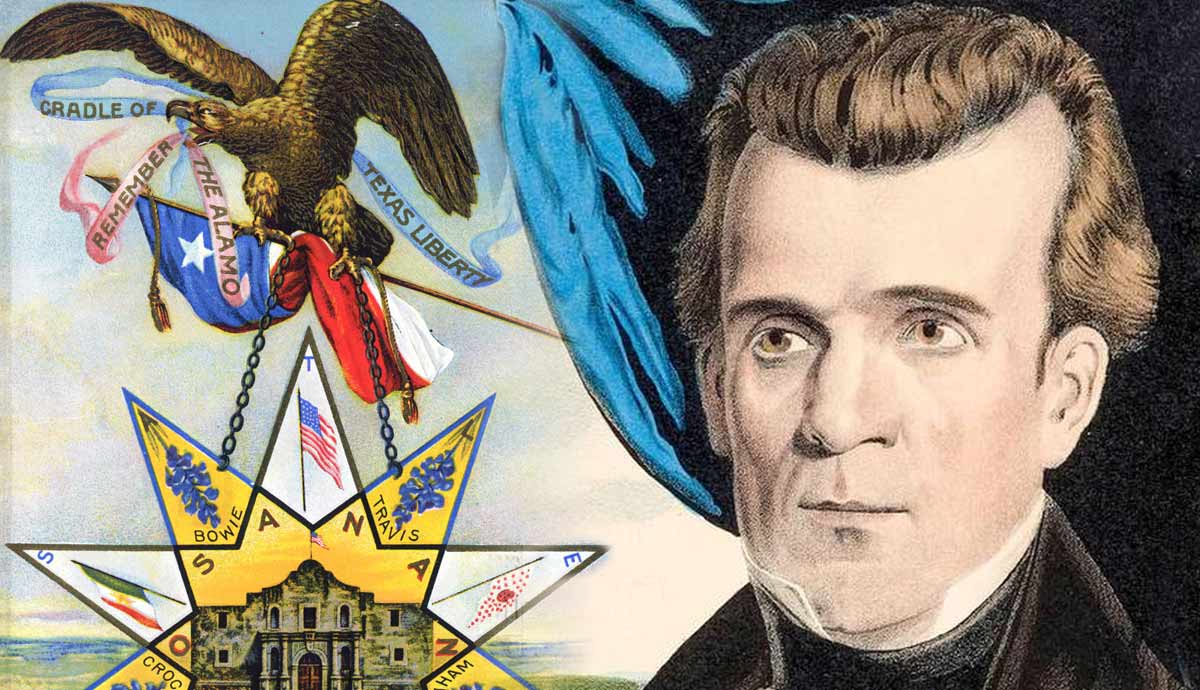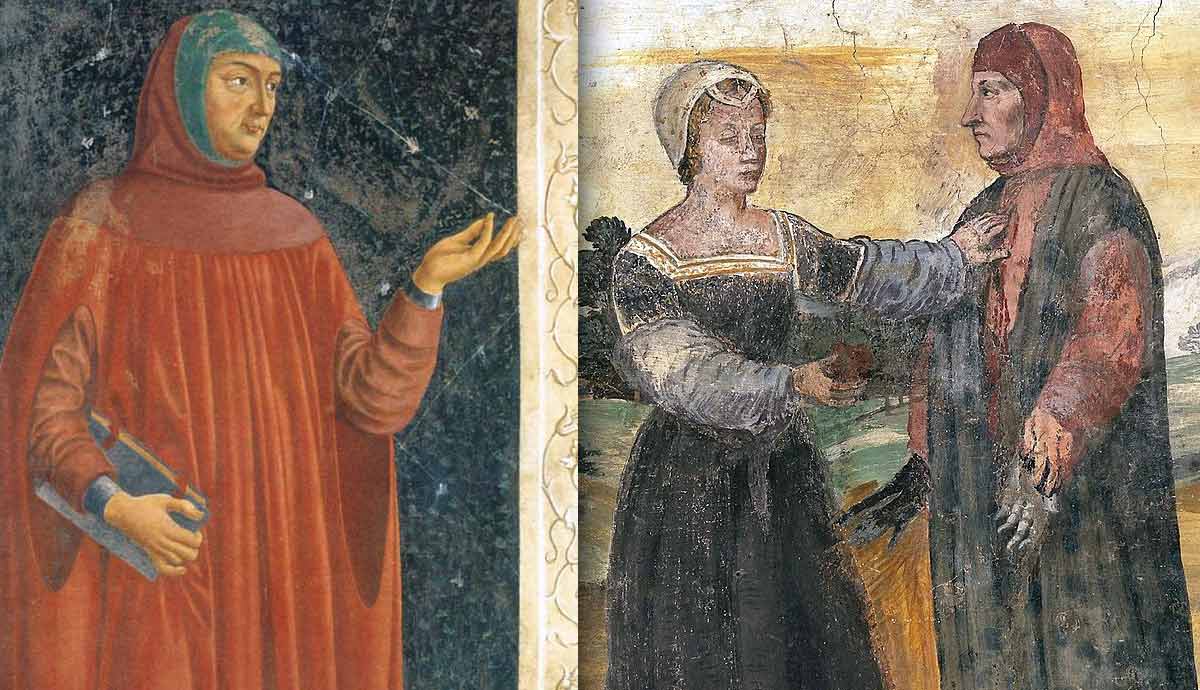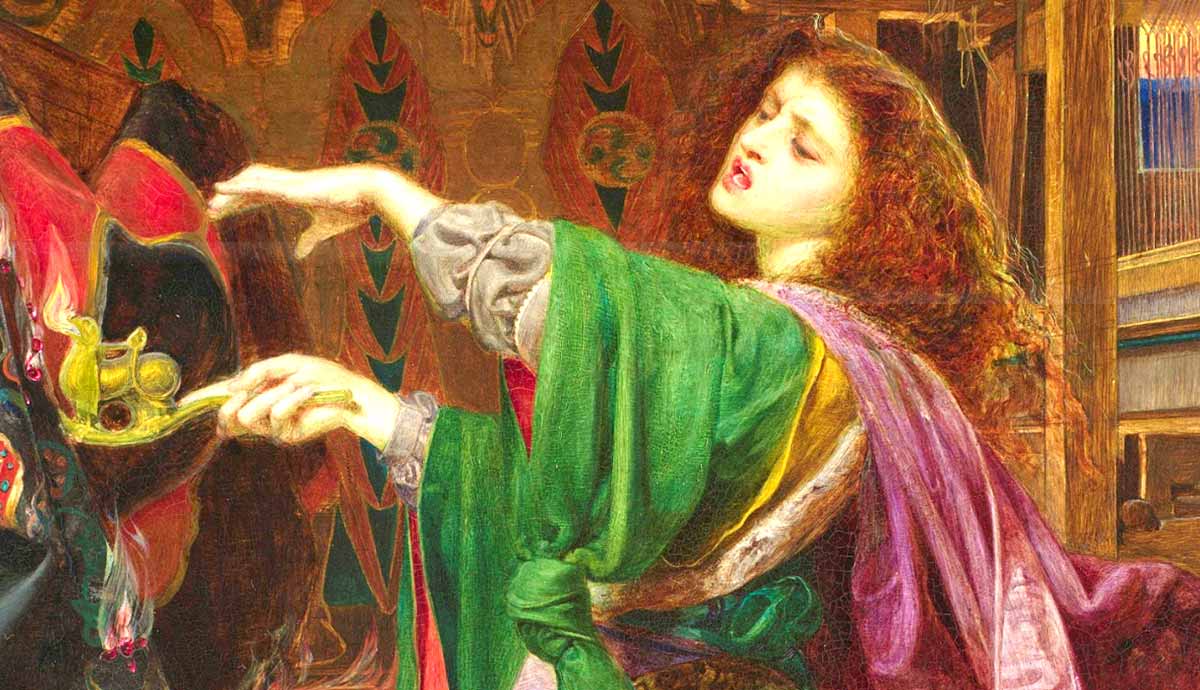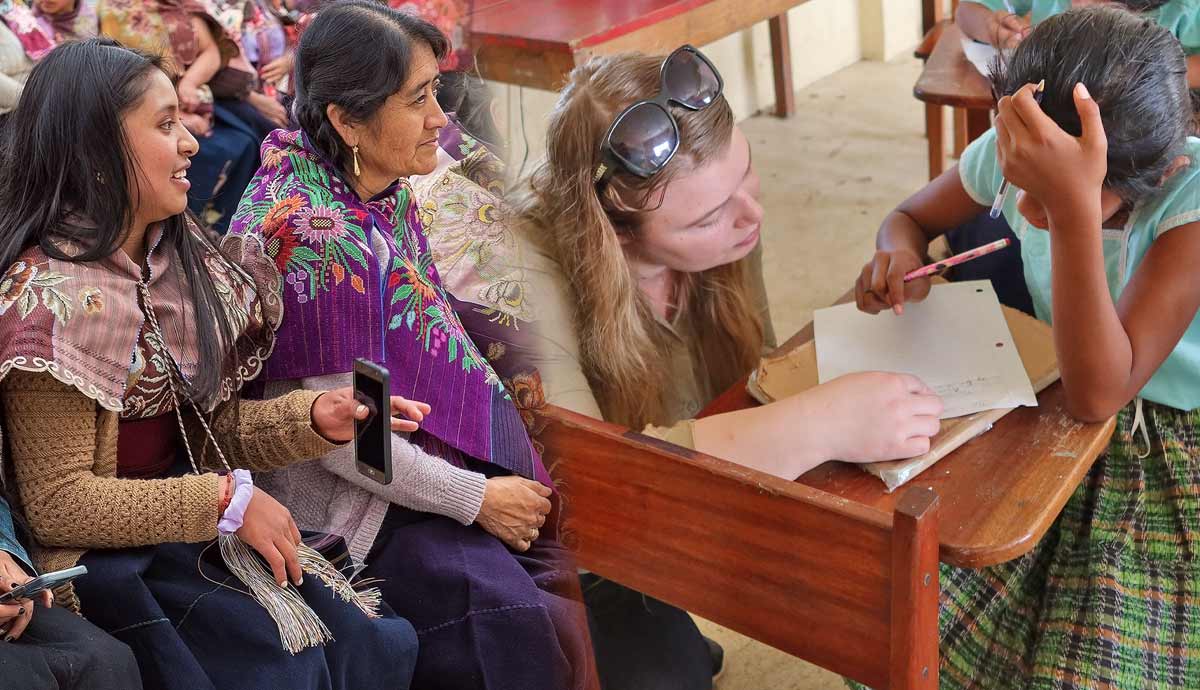
Once threatened by European colonization, ancient Mayan heritage and culture—including languages—remain at risk today due to the influences of the modern world. Q’eqchi’ and Mopan are two such endangered Mayan languages spoken today in Central America. This article explores the work of the multi-award-winning Voices of the Maya Project in collaboration with Mayan communities in Belize to create educational resources to help preserve these languages before they’re lost to time.
Mayan Culture: Colonial and Modern Challenges
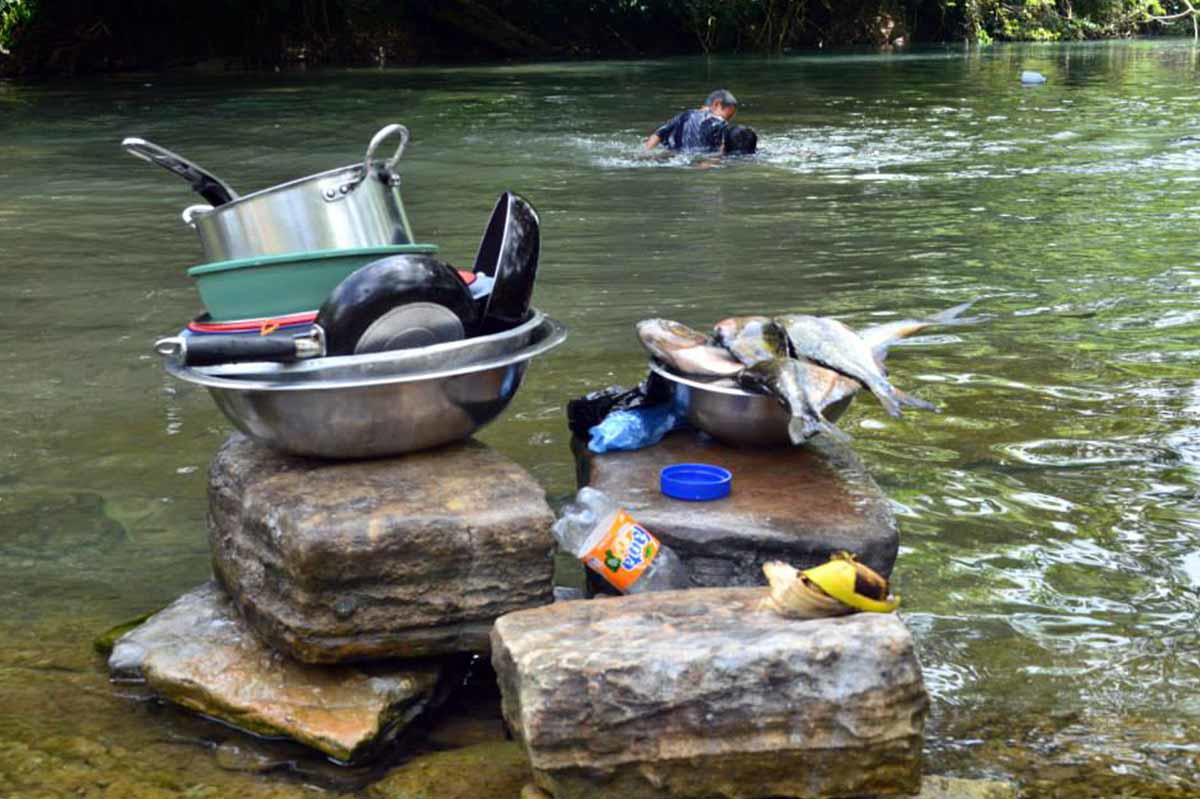
It is often assumed that the Ancient Maya people were eradicated during the European conquests of Central and South America. In truth, the ancient Maya pursued a clever strategy to avoid the warfare and disease that devastated their neighbors, the Aztecs. Many Mayan groups first befriended the Spanish before running for sanctuary in the dense, lush jungles of Central America. It was this quick thinking that allowed some of their descendants to live on to modern times. The ancient Maya never truly disappeared and are still here today. They have managed to retain many traditional cultures and customs, including farming practices, food preparations, and music.
Now the Maya are facing a new challenge: the survival of their culture in a rapidly developing world. Washing machines, televisions, popular music, and even formal education are some of the influences transforming both thought and lifestyle. Yet, it is the decline of their native languages that could be considered the most significant modern threat.
In Belize, the Mayan languages of Yucatec, Q’eqchi’, and Mopan are spoken. Although thousands of people speak these languages, very few can read or write them. Children are now choosing to speak other languages, putting the already endangered languages at greater risk of extinction.
Yet, there is hope for the future of these valuable languages. The Voices of the Maya project aims to document and protect two of these languages, Q’eqchi’ and Mopan, before they become extinct. Born initially from my master’s thesis, which studied the relationship between 21st-century Maya and their heritage, the project has since grown, becoming the most amazing adventure that I’m thrilled to be able to share with you.
Anthropology: Best Practices for Working With the Maya
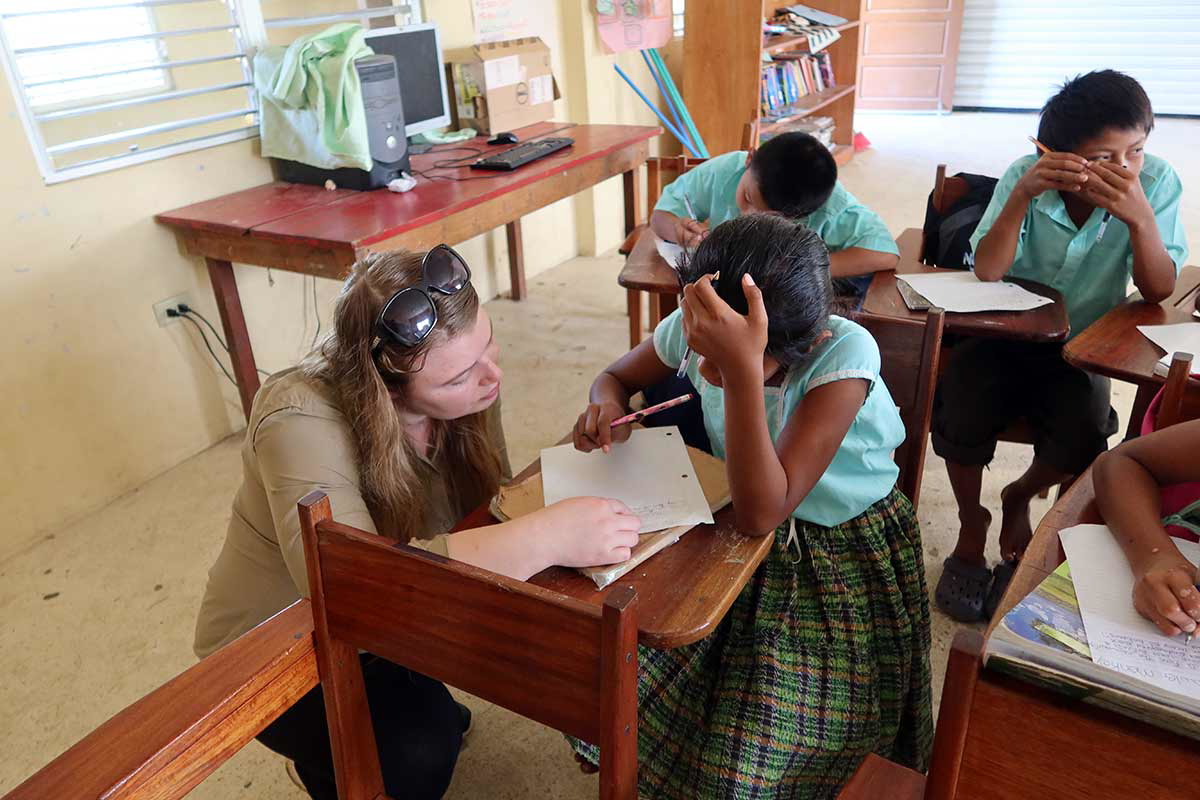
After receiving a Scientific Explorations Societies River Foundation grant in 2019, I embarked on my first expedition to the jungles of Central America with a colleague. It took two days to reach the chosen Mayan community, which lay deep in the jungle surrounded by mountains lined with palm and banana trees.
Learning about and getting to know the people is key to my work as an anthropologist; it is important not to make assumptions or judgments. Becoming fully incorporated into people’s lifestyles is essential, so on arrival, we stayed with Mayan families, cooking meals of caldo (a traditional chicken soup) and corn tortillas.
In contrast with the existing academic literature on the Mayan people and culture, one of the key objectives of this project was to involve the Maya directly in the preservation and documentation of their own language and ensure that the resulting resources were accessible to them.
Seeking Community Engagement
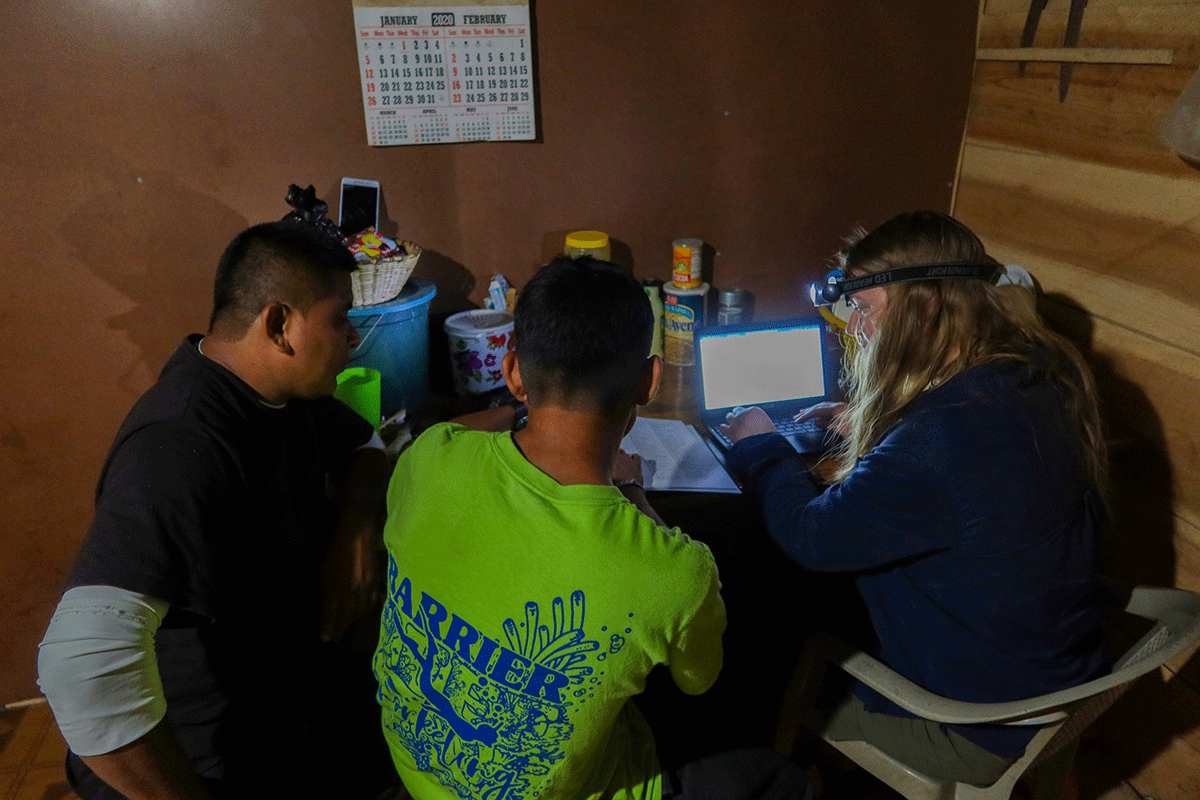
The Voices of the Maya project was designed to include all generations within the community. The first step involved asking children from the school to speak to their parents and grandparents about myths, legends, and life in their village. The children were then asked to write these stories in English. The top five, “The Sessimite,” “A Trip to Xunantunich,” “The Machakon River,” “The Accident,” and “The Worm,” were chosen to be translated into Q’eqchi’ and Mopan. These stories were selected because they accomplished one of two goals: providing either a genuine representation of present-day Mayan life or of traditional myths that had been passed on from generation to generation.
The most challenging part of the project was then translating the children’s stories into Qʼeqchiʼ and Mopan Maya; although the languages were spoken, very few people could read them. Fortunately, one of the local schoolteachers could read and write Q’eqchi’. Mopan was perhaps the harder of the two languages to document, as there is less material recorded in it. However, together with the tour guides, I spent many evenings under the dim lights writing Mopan using researcher Charles Andrew Hofling’s dictionary to assist with spelling and grammar.
In order to help the children learn to read Qʼeqchiʼ, we were asked to create a child-friendly book to illustrate the Qʼeqchiʼ Alphabet. This was not a simple task; the words chosen for the alphabet had to be easy for a young child to say, and there had to be visual objects that could be drawn. Further, modern Maya languages have become entangled with other languages; some words that were commonly used in everyday speech were not actually Qʼeqchiʼ at all. Eventually, we managed to compile a definitive list by trialing and developing the words with many young children and their parents in the community.
Illustrating Their Languages
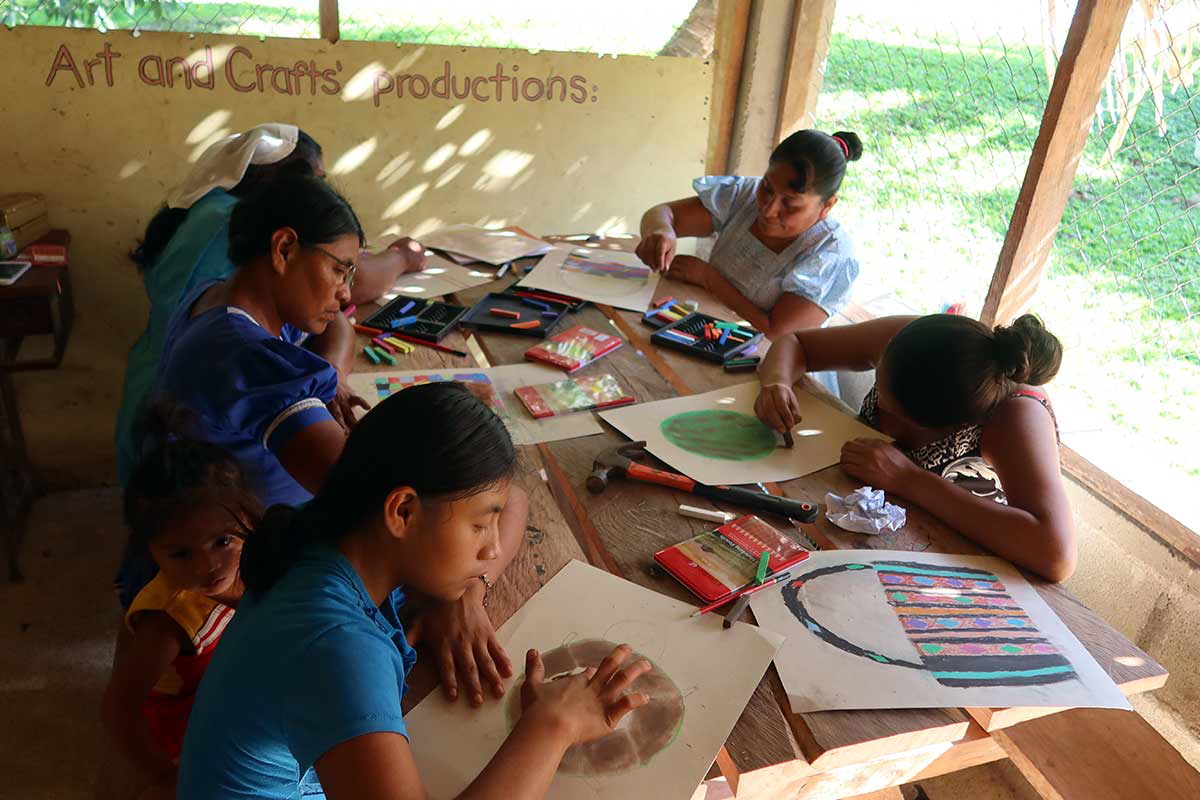
To embellish the stories chosen for A Treasury of Mayan Tales, all members of the community were encouraged to get creative and assist in developing illustrations to accompany them. The children drew some wonderful drawings of “home” using pastels and paint. The art materials created great excitement, as the children were not used to having access to such resources in school.
The illustrations for the alphabet book were created by illustrator and conservationist Xilona Blanco. Seeing drawing and painting live seemed to inspire the children and young people, a few of whom later returned to show off their own drawings, which also made it into the anthology.
The women’s group created various woven arts and crafts, such as coshtiles (bags), bracelets, and reed animals. As the project was for the whole community, we conducted several workshops with the group and asked the women to draw scenes from each of the five stories. The most popular story to draw was “The Sessimite,” a familiar story within Mayan mythology that tells the tale of a large, hairy monster who kidnaps people should they go down to the river alone. The legend itself is used to deter young children from going down to the river alone, especially at night when water snakes and jaguars roam. Some of the women had never used a paintbrush before, and despite some never having had a drawing lesson before either, they were very good, took their time, and made very detailed drawings.
A Treasury of Mayan Tales
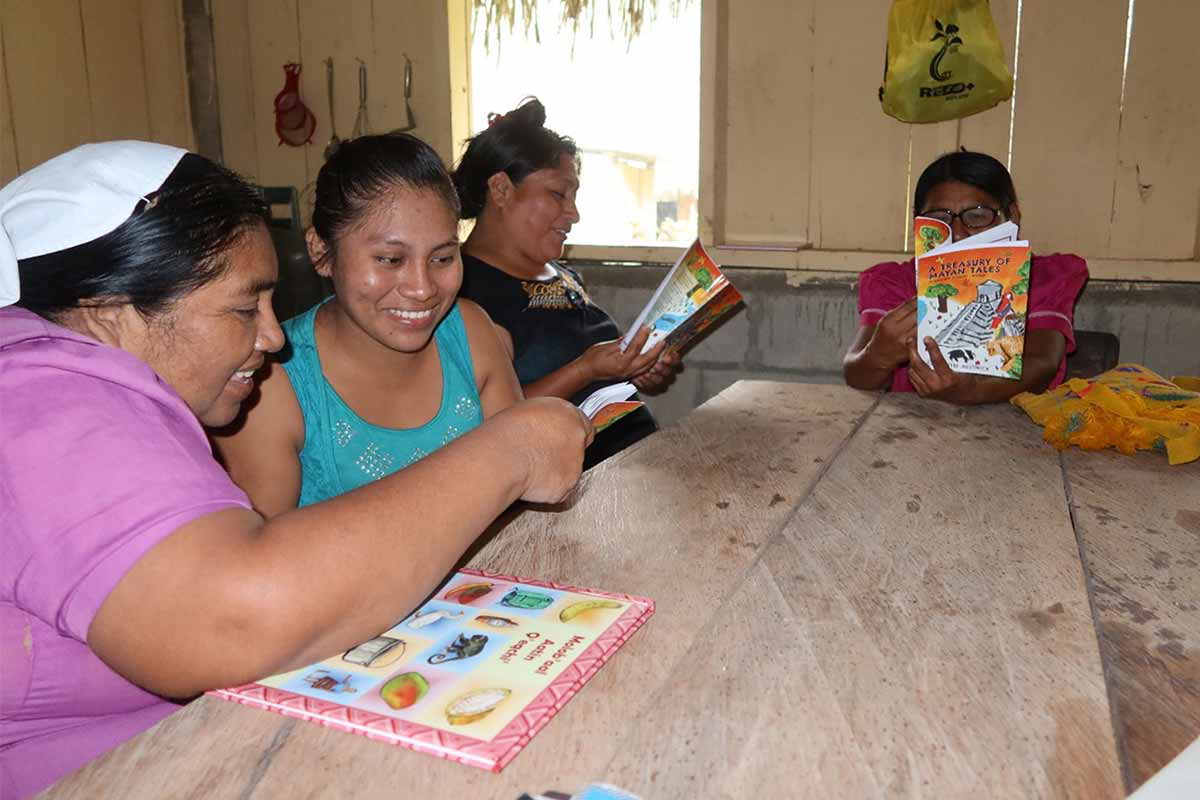
As a result of the Belize expedition, two books were created. The first is A Treasury of Mayan Tales, an anthology of stories in Q’eqchi, Mopan, and English accompanied by the communities’ illustrations. The second is Molob’aal Aatin Q’eqchi, a 32-page picture book showcasing the letters of the Q’eqchi’ Maya alphabet. Both are designed to help indigenous children and adults learn to read their rapidly disappearing language.
Copies of these books were gifted to the community in early 2023. The books were extremely well received, and both the Q’eqchi’ and Mopan Maya were delighted to see their own languages written into an accessible resource. The children were particularly fascinated with the books, as for many, it was the first time they had ever seen their language in written form. One memory that I particularly recall is the reaction of two children who used the Q’eqchi’ Maya alphabet book to learn to read the story “Jun Ula’nink Chaq aran Xunantunich” (“A Trip to Xunantunich”), which was based on a school field trip. Xunantunich is an ancient Mayan archaeological site with an extraordinary ritualistic temple that stands 130 feet tall. It dates to around 600 BC and is a long distance away from their village in the Cayo district.
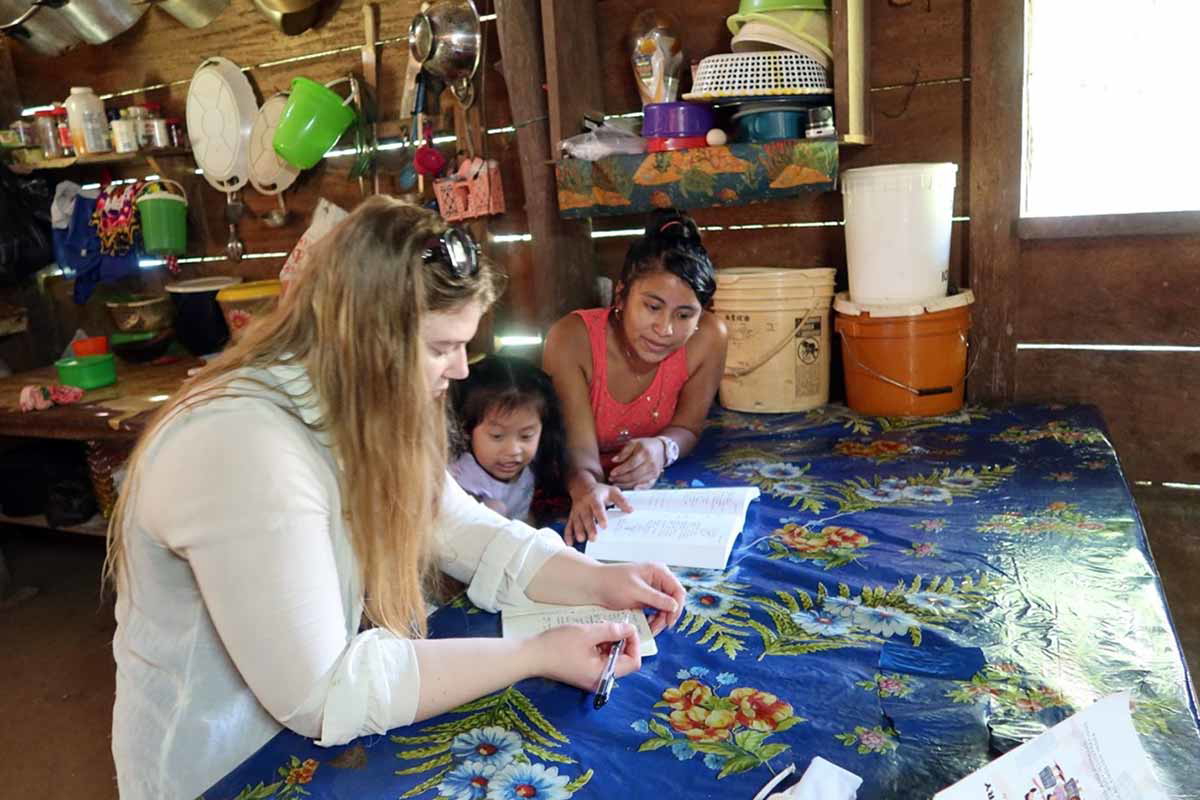
The world is changing. Humans are evolving, and so are our relationships with the past. To keep younger generations engaged in history, both education and the way archaeology is utilized must adapt. The Voices of the Maya project is now working with the Maya to create a community-led trilingual museum to continue inspiring both present and future generations to learn about their heritage and to read their native languages.
